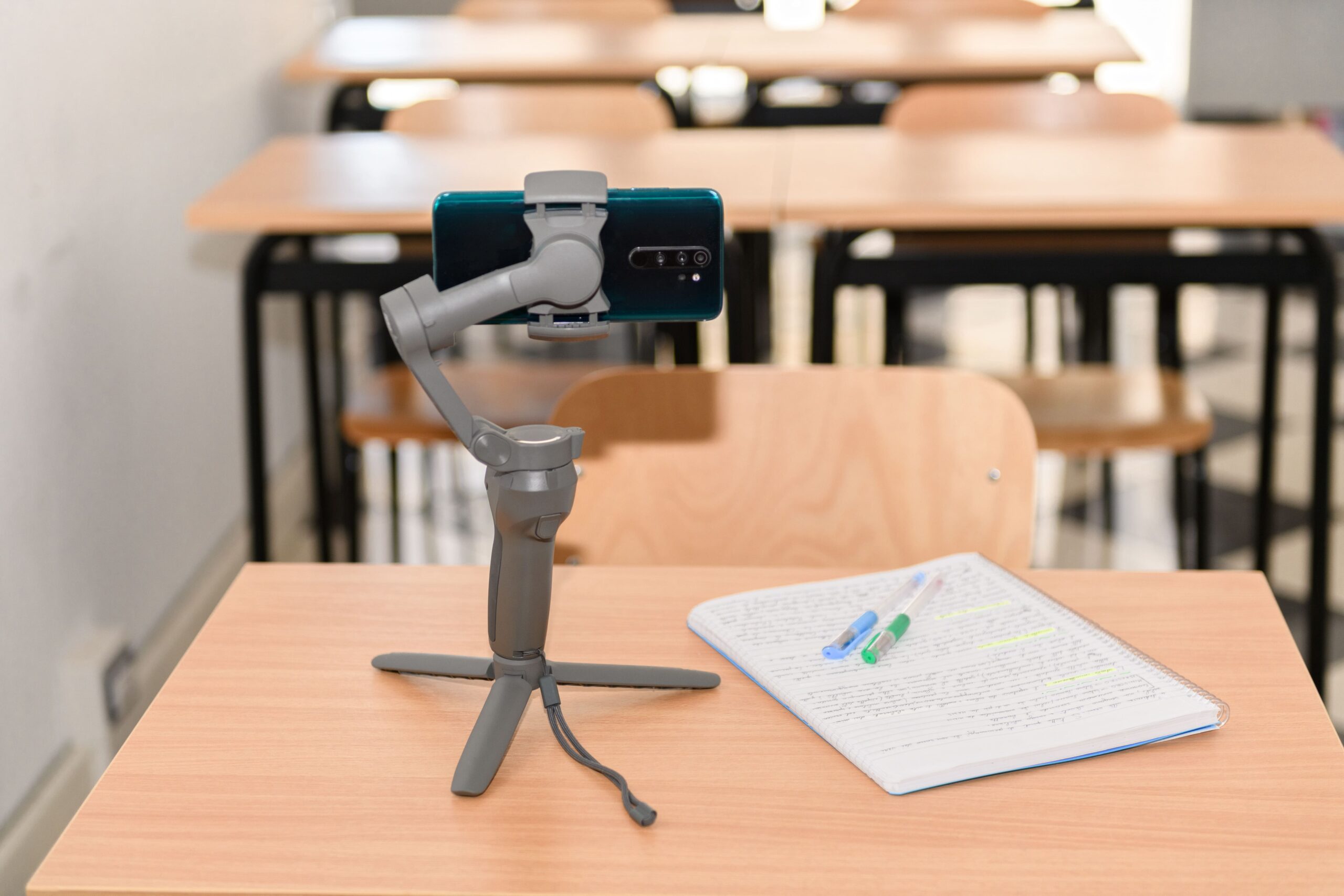In the summer of 2020, a London-based university expressed an interest in using Clarity’s Dynamic Placement Test (DPT). As the test is online, available on all devices, and can be completed remotely, it was an attractive and Covid-safe option for them. They asked if it was possible to make some adjustments to the test for their students with Specific Learning Difficulties (SpLD). Amongst the students they were testing, there was one student with dyslexia who needed extra time and one student with auditory processing difficulties who needed video or lip-reading assistance. Whilst we were able to provide extra time for the dyslexic student, we did not have the video and lip-reading assistance readily available for the other student.
In recent years, there has been a great deal of research dedicated to understanding, supporting, and providing technology-led interventions for individuals with SpLDs in the UK. According to Dr Jane McKay from the University of Chester, around 10% of the UK population has a SpLD. SpLD is an umbrella term that covers a range of difficulties including dyslexia (difficulty reading, writing and spelling), ADHD (difficulty paying attention and controlling impulsive behaviours), dysgraphia (difficulty writing) and auditory or visual processing difficulties. These SpLDs are independent of intelligence but can impact performance in formal assessments. Most schools and universities provide adjustments to assessment so students with SpLDs are not disadvantaged. But what does this look like in the age of Covid-19?
Extra time, an isolated space, larger font size, specific instructions, or assistive technology are some of the ‘reasonable adjustments’ typically offered to students. However, the transition to 100% eLearning and online assessments has made a lot of these ‘reasonable adjustments’ standardised procedure for all students. For example, the University of Essex, amongst others, has introduced multiple choice exams, Moodle-hosted exams, and 24- to 48-hour exams for all their students — all completed online. Previously, students would be assessed in a two-hour exam in a university hall. Now, assessments are completed in an isolated place of the student’s choice, with an extra 22 hours, on a device the student is comfortable and familiar with, where they are able to make the specific perceptual adjustments in text or font size they need. By removing the physical barriers of in-person assessment, has the pandemic made education more accessible and equal?
As we found out, the answer is no. Despite having many adjustable qualities (extra time, available on all devices, repeated audio playback) that institutions like the University of Essex are implementing for their students, DPT was still not truly adaptable to the needs of the above-mentioned student. This case does, however, highlight two important considerations for Clarity and other test creators:
1. What is needed?
Dyslexia, ADHD, and processing difficulties are common SpLDs. Are test creators thinking about test accommodations from the beginning?A study on inclusivity in higher education, by Helen Duncan from the University of Cambridge, found that students with SpLDs performed worse than their neurotypical peers in exam settings, despite being given 25% extra time in exams. She suggested that the extra time did not give SpLD students an advantage — it didn’t even create equity. When comparing the SpLD students’ dissertation marks with their neurotypical peers, a piece of work they worked on for months, students with SpLDs outperformed their peers. This study shows that simply giving students extra time to work within the constraints of a test that is not designed with them in mind continues to disadvantage them. Accommodations are not the only issue — content and form are too.
2. How do we define the best content and form?
Question formulation and medium are at the heart of this issue. Digitising examinations poses the risk of just putting paper tests online. The reality is, when you test students online, you are not bound by the constraints of an A4 piece of paper. You can even create questions that simply do not work on paper at all! Take this question type: rearranging words to form a sentence. This question type looks at words, patterns, and structures and therefore tests students’ understanding of how the English language works. It takes a broader, more holistic approach to testing instead of looking at isolated vocabulary or grammar points. What’s more, it goes some way to remove ‘additional skills’ testing like writing or spelling, areas that some students with SpLDs like dyslexia or dysgraphia struggle with in traditional paper tests. By removing these additional challenges, the students can be tested on their ability rather than their capability to use the medium. The best questions, therefore, are the ones that take advantage of the medium.
As remote learning and online testing appear to be here to stay, we must take greater care in ensuring that all students are accommodated for. Online testing can be flexible, inventive and inclusive. We must make sure we take advantage of these qualities. Best put by Disability Rights UK, ‘it should be borne in mind that “disability” only arises when students have to interact with inaccessible courses and education institutions. The focus should be on removing disabling barriers rather than thinking that the “problem” is caused by the student’s condition.’

